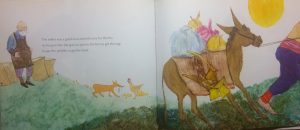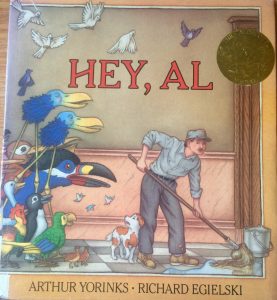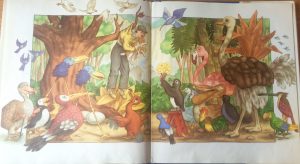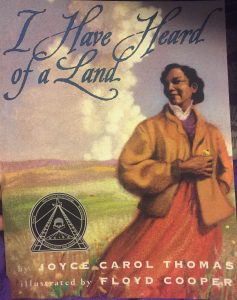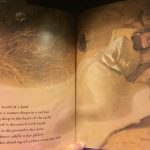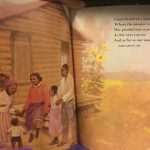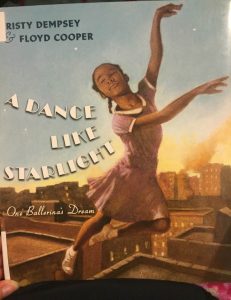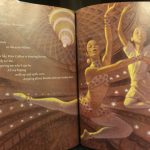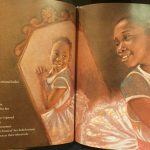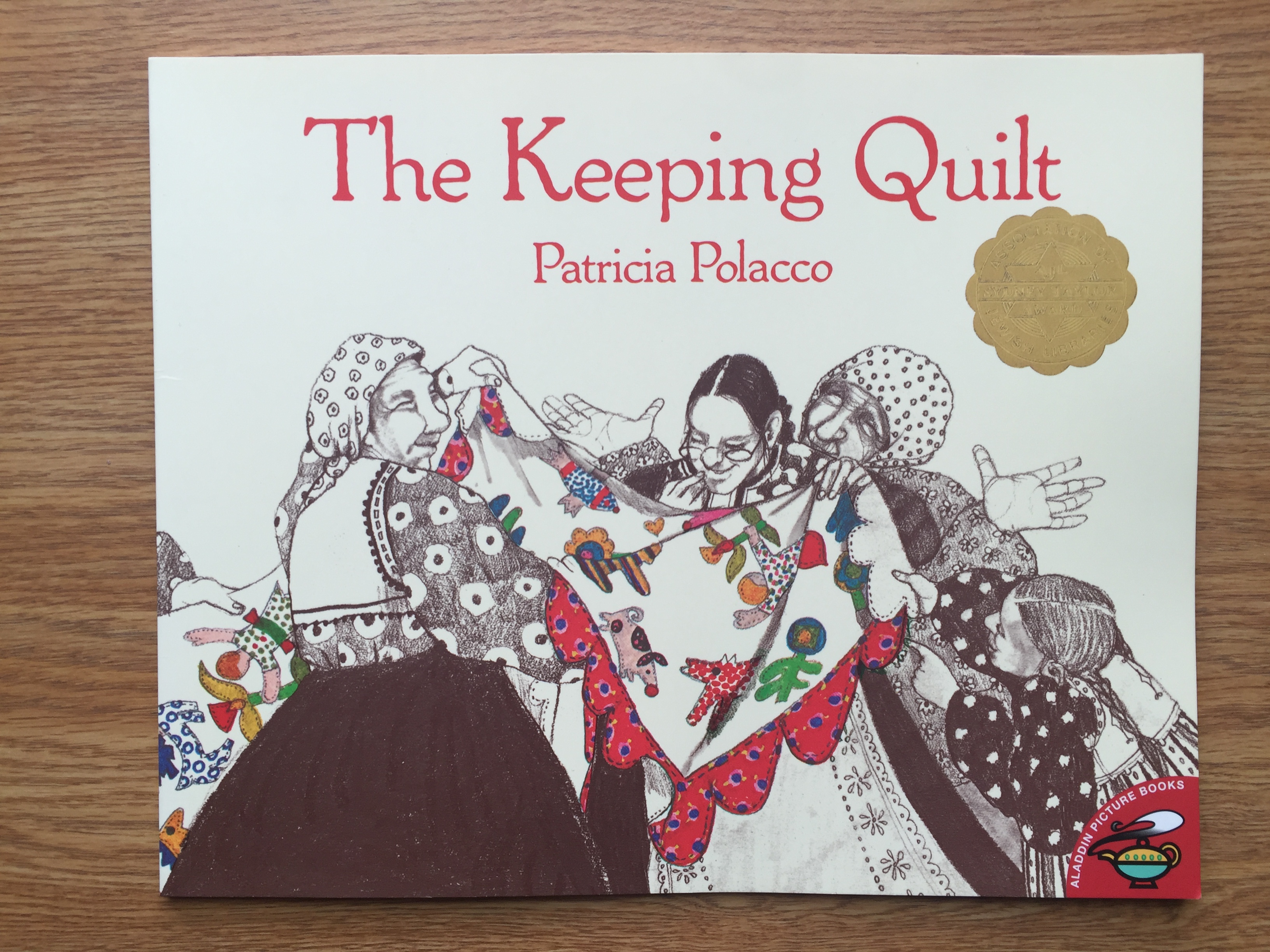
Author: Patricia Polacco
Illustrator: Patricia Polacco
Publisher and Year: Aladdin Paperback 1988
Number of pages: 29
Genre: Picture Book
Analysis
The Keeping Quilt is a Sydney Taylor award winner. This book is about the tradition in a Jewish Russian family and the quilt they have passed down for generations. It begins with the narrator talking about her Grandmother coming to America as a young girl and only having a dress and a babushka from Russia to remember it. Eventually, she outgrows her dress so her mother helps her turn it into a quilt. The story goes on to show how the quilt has been used for many different things in the family, and has eventually made its way down to the narrator who wishes to one day pass it on to her daughter.

Illustratively, this book is masterfully created. In the illustrations, the only thing with color is the quilt. Before the quilt is made, the babushka and dress that will eventually be turned into the quilt have color as well. Having only the quilt colored further reinforces the significance of the quilt to this family. Because the quilt is the central focus for the story, having it the only thing colored draws the eye to it and allows it to be the main focus even if there is a lot going on in the picture. The color of things that are not the quilt is important as well. Instead of having the quilt being the only thing colored in a greyscale world would make it seem like the quilt is the only source of warmth in the story. Instead, the illustrations depict the scenes in sepia tones, which add softness and warmth to the pictures. In the story, the quilt is a source of warmth and feelings of love, but having the other images in the story done in warmer tones reinforces that the quilt symbolizes this because that’s what the family has made of it.

Overall, The Keeping Quilt is a heartwarming story that represents both Russian and Jewish culture. Through the repetition of the weddings depicted in the story, the reader can see that even though there are changes that have been taking place in the world, family traditions can be modified and still stand strongly.
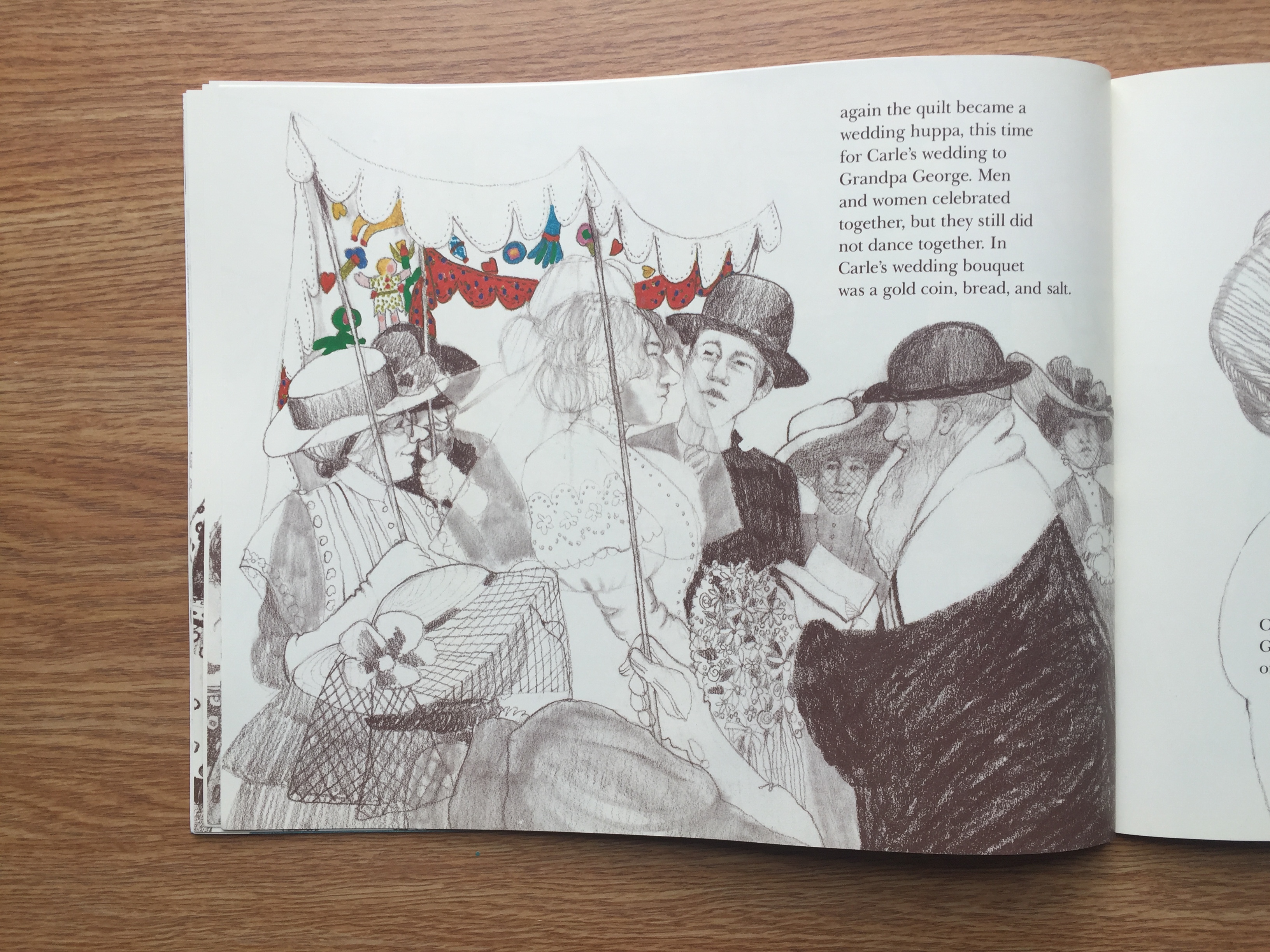


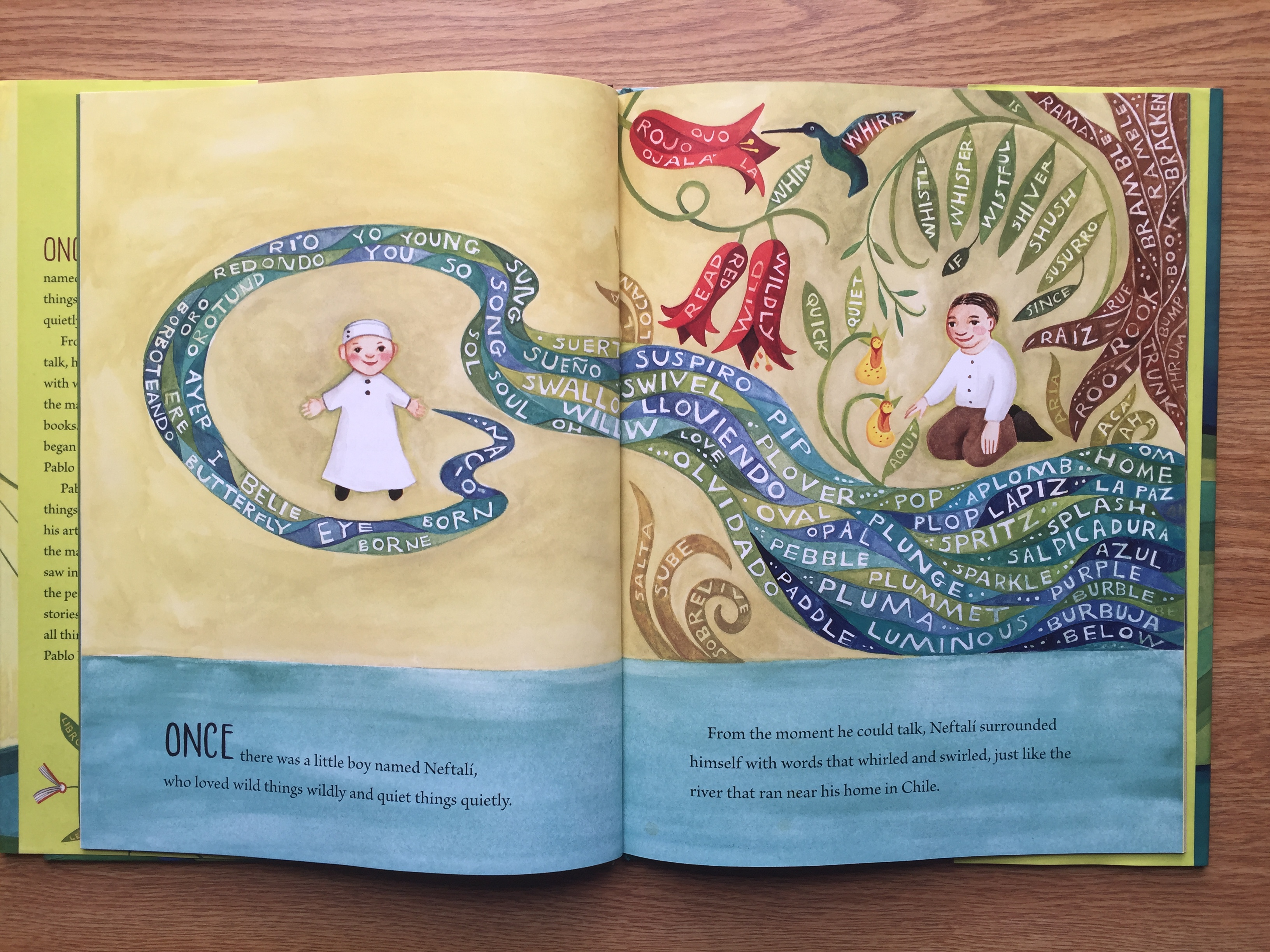
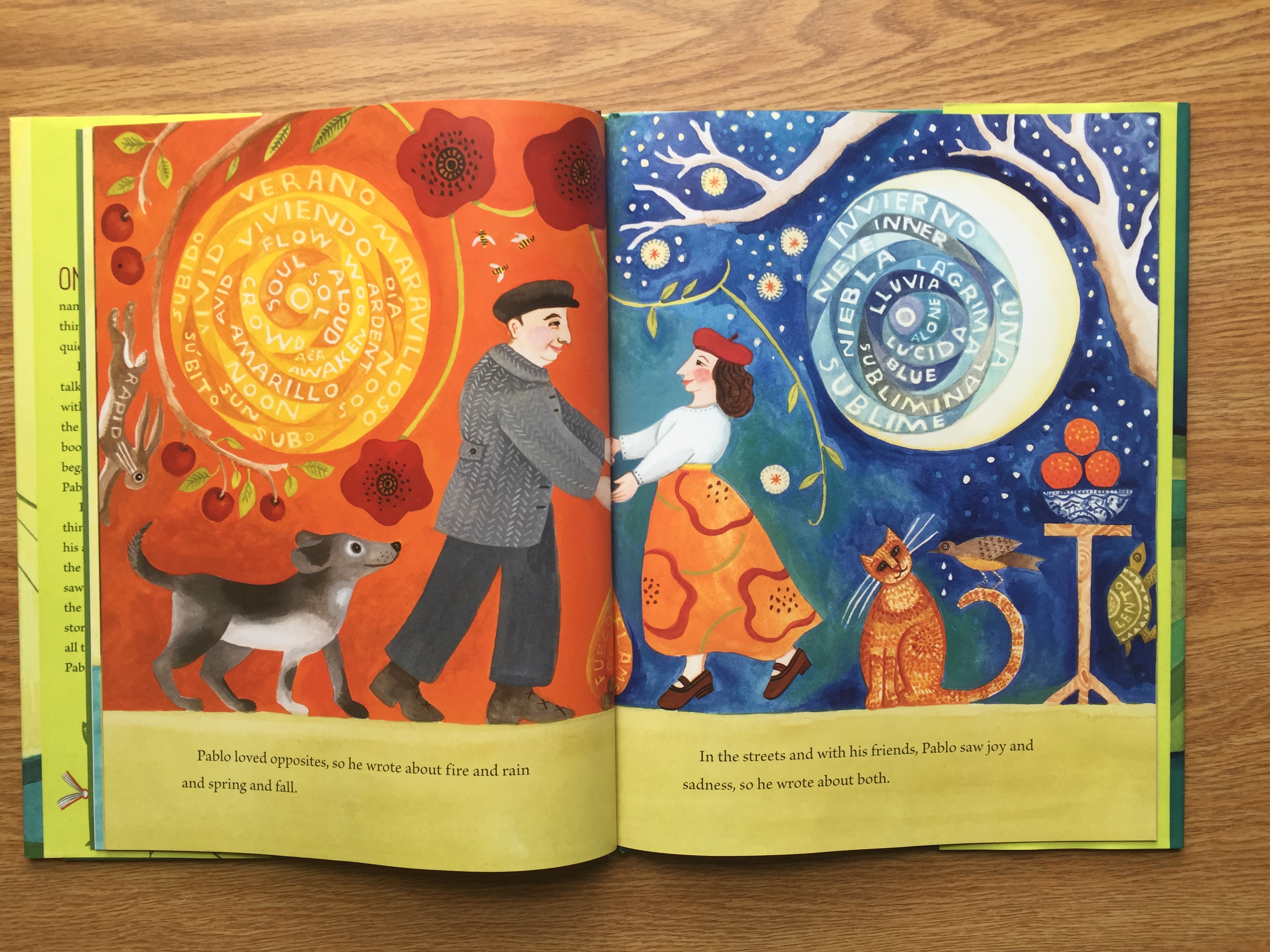

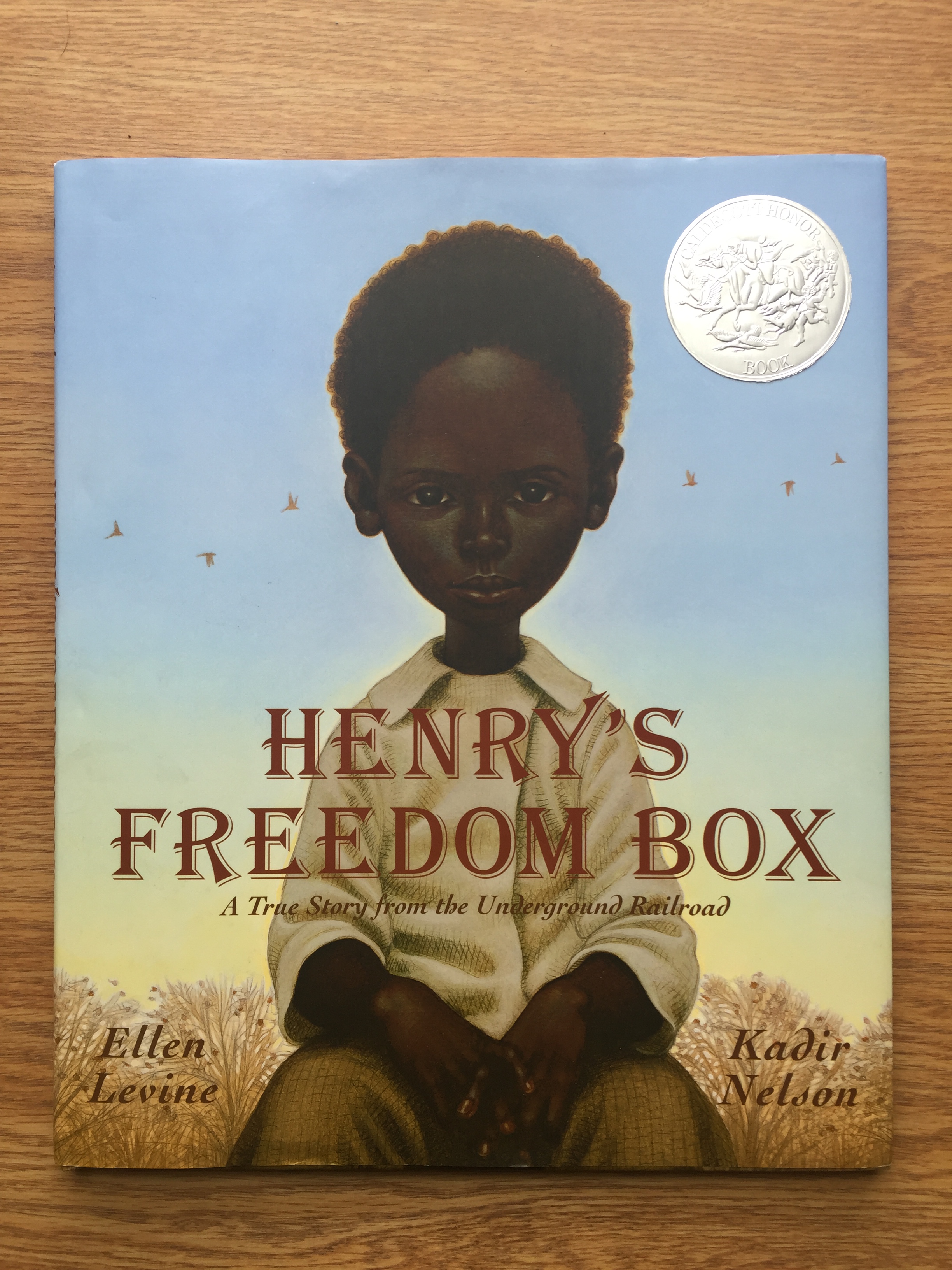



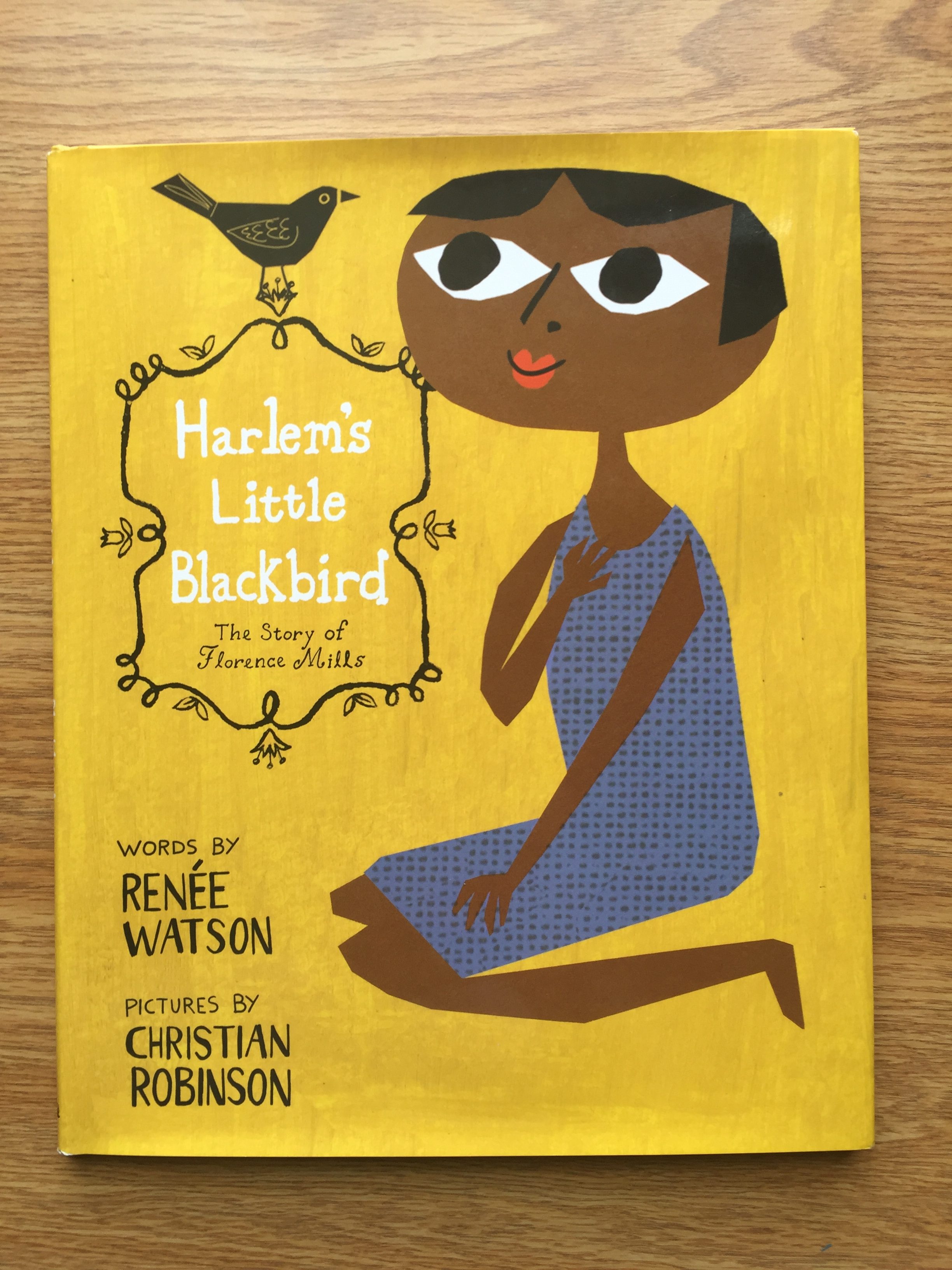


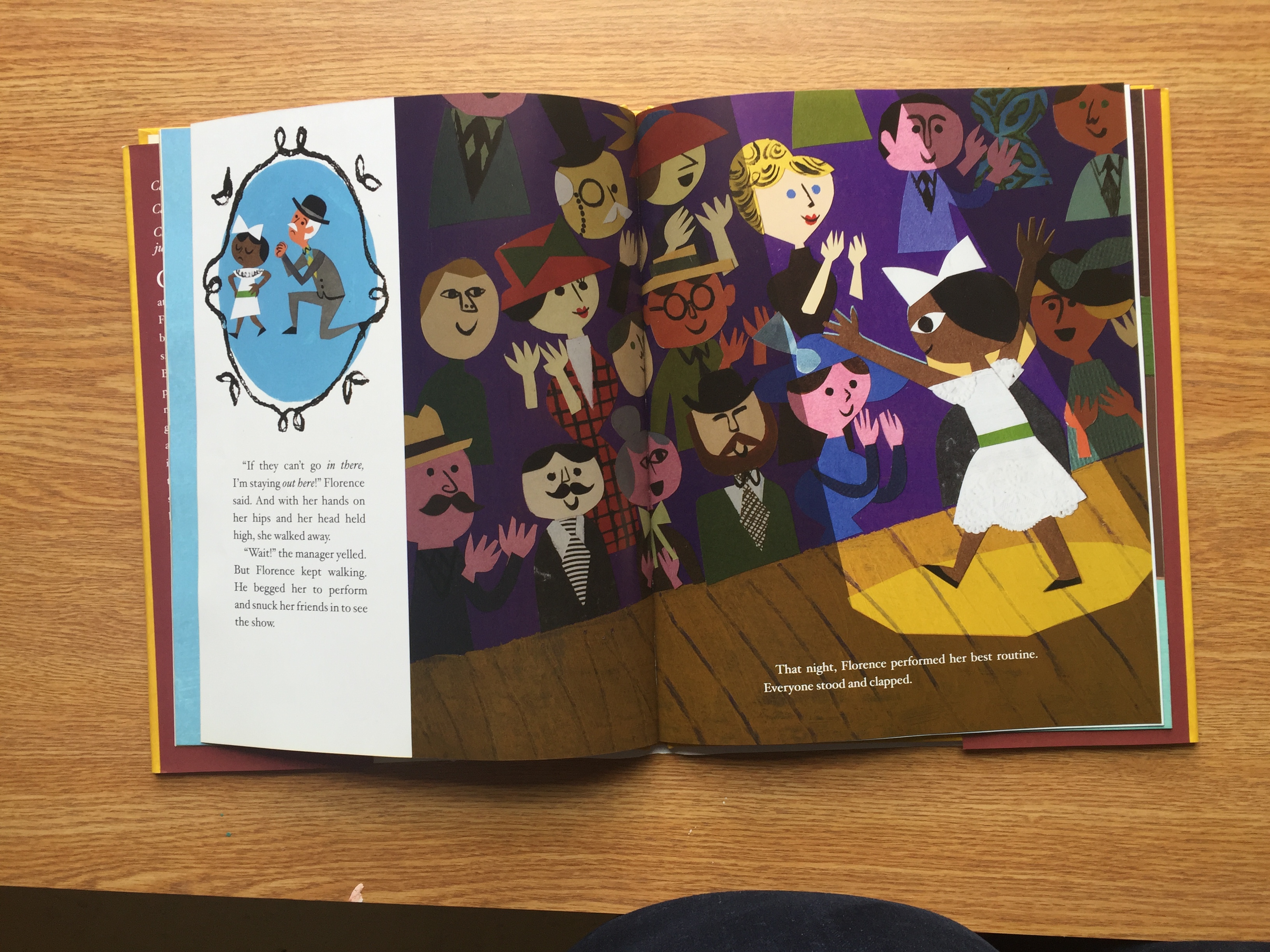

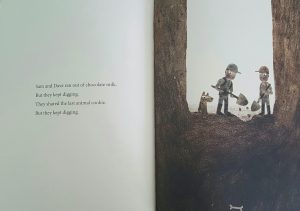
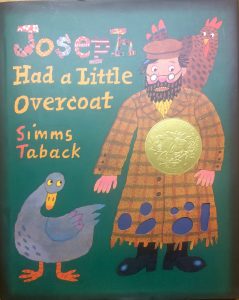
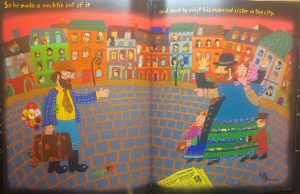
 One Fine Day is a Caldecott Medal winner. It is a story about a little fox that gets is tail cut off by an old woman for drinking her milk. The only way he is able to get his tail back is if he brings the old woman more milk.
One Fine Day is a Caldecott Medal winner. It is a story about a little fox that gets is tail cut off by an old woman for drinking her milk. The only way he is able to get his tail back is if he brings the old woman more milk.